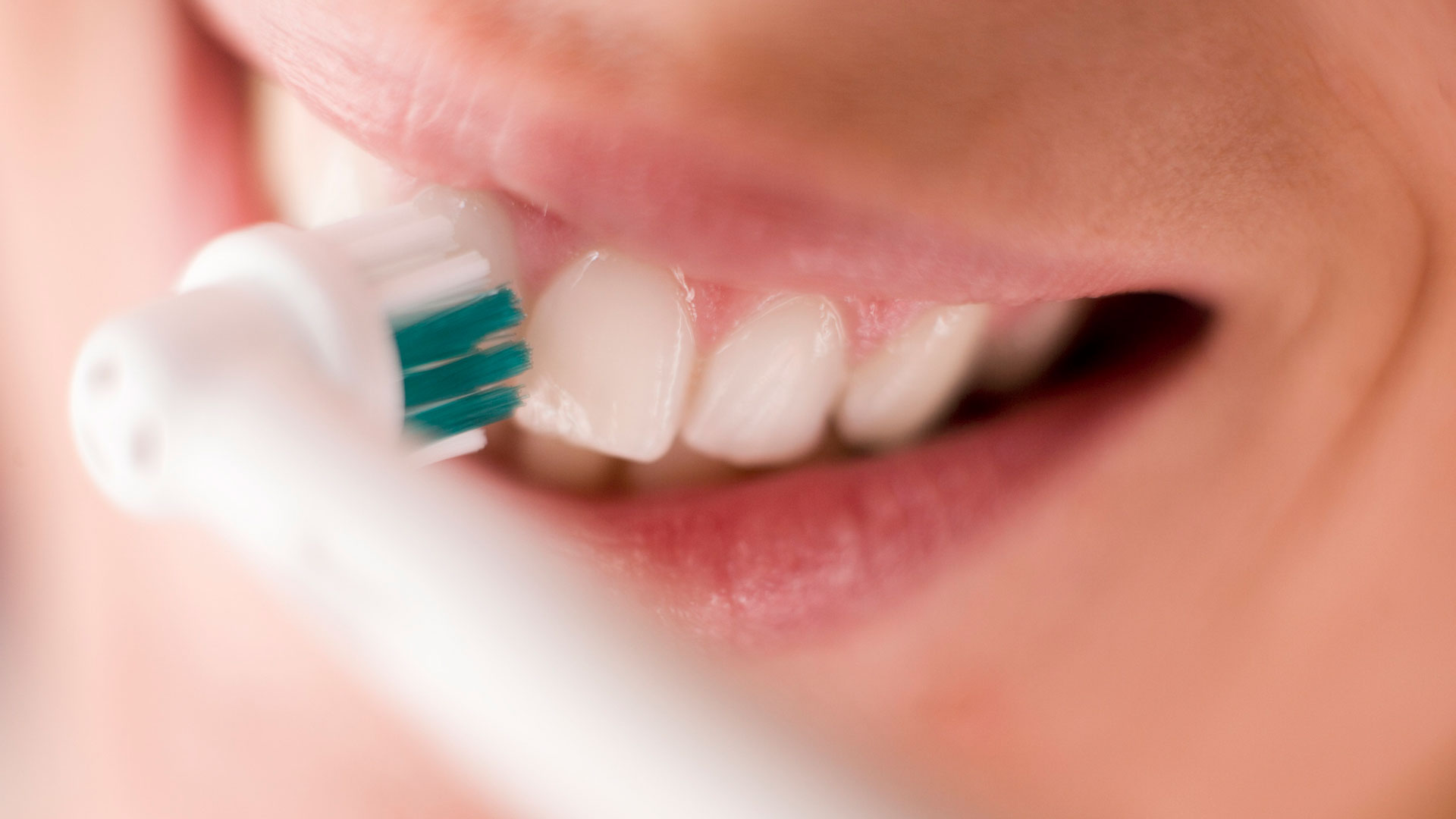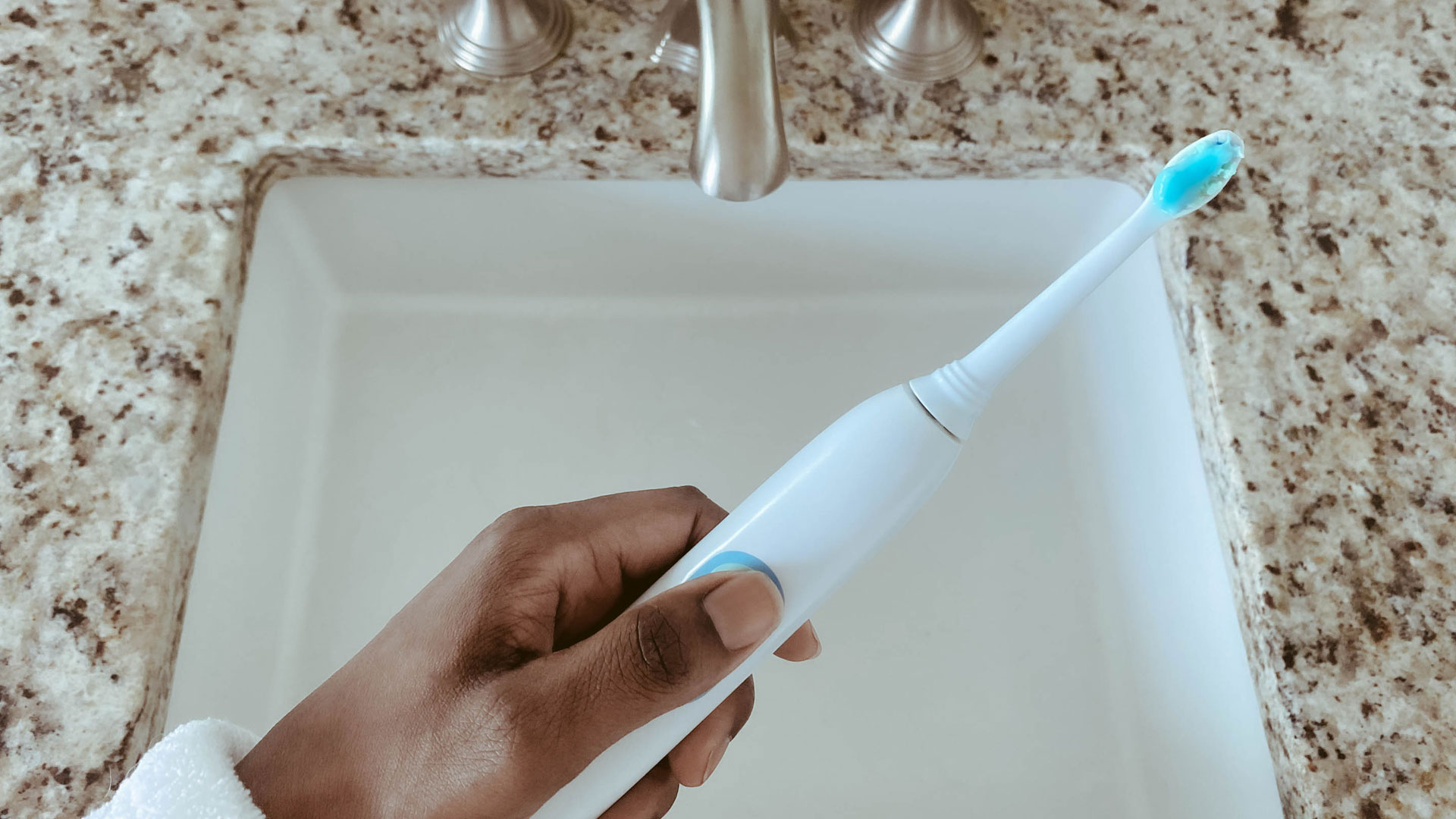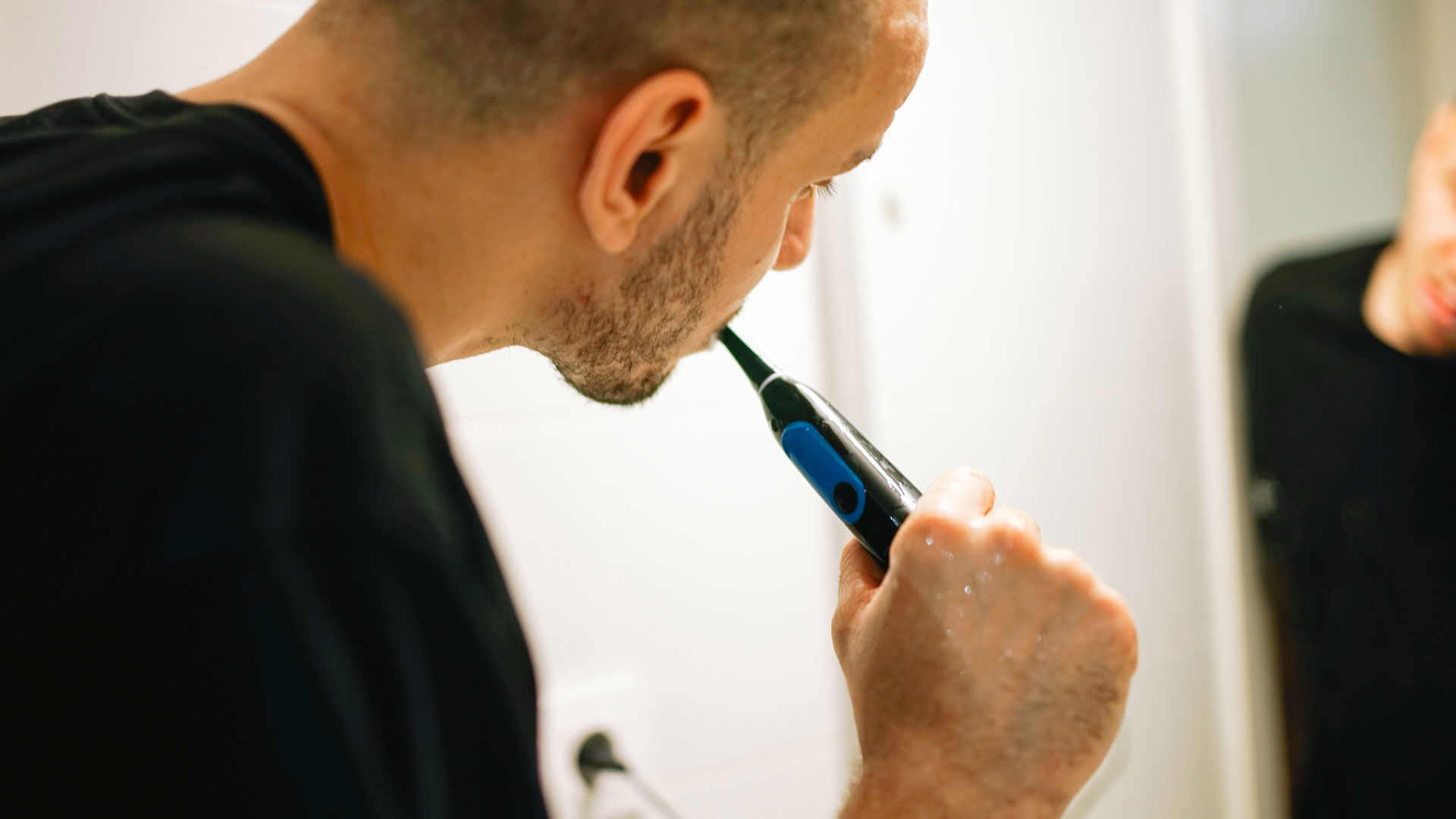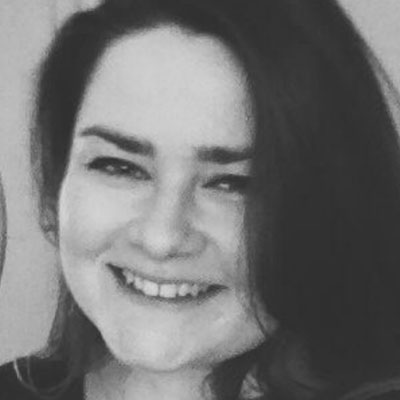How to use an electric toothbrush
Here’s exactly how to use an electric toothbrush, as explained by dentists.

Learning how to use an electric toothbrush might sound basic, especially when brushing your teeth is something you likely first learned to do as a kid. Usually, parents will teach their children to brush their teeth using a good old-fashioned manual toothbrush. When you got a bit older, you might have been given an electric toothbrush. It might not have been the fanciest electric toothbrush, but it likely made your teeth feel cleaner than your old manual toothbrushes. But did anyone ever take the time to explain how to use an electric toothbrush?
Sometimes we don’t think about the things we do every day. We go through the motions, brush our teeth after each meal, and don’t let it take up any headspace. But if you’ve found yourself wondering if you’ve been using the correct method to brush your teeth – or even if you have noticed a buildup of plaque despite brushing regularly – then this refresher might be just what you need.
We’re going to break down the techniques you need to get the best results from the best electric toothbrush.
How to use an electric toothbrush for a thorough clean
Most people learn to brush their teeth using what’s technically known as the 'circular scrub' or 'circular method'. But there are other methods of brushing that are more effective at removing plaque and can be used with an electric toothbrush. According to a 2020 study published in the Journal of Clinical and Experimental Dentistry, plaque is the "single most important cause of dental caries and gingival diseases". Plaque is a sticky substance that can coat your teeth and forms when food debris mixes with your saliva. When bacteria starts growing on plaque, it can harm the enamel on your teeth. Buildups of plaque often form in hard-to-reach areas, such as between your teeth or behind your teeth. This is why it’s essential to reduce the amount of food and bacteria left in every nook and cranny of your mouth after brushing.
The same 2020 study found the most effective brushing method is the Bass technique. To brush your teeth using the technique, "use a gentle circular motion with the bristles angled 45 degrees to the gum line," Dr. Alina Lee Lane, a dentist based in New York City, told Live Science, "patients that have tartar buildup may not have the best brushing techniques with a manual brush, so an electric brush can be a useful tool to keep teeth clean." To get the most out of brushing your teeth, dentist and educator Dr. David Rice, DDS, advised that brushing in front of a mirror helps: "When we try to multitask, we tend to miss the same spots every day!"
Dr. Sara Amini told Live Science, "toothbrushes normally vibrate and oscillate in a certain amount of time, 2,000, 4,000, 5,000, etc. a minute, so you hold it against each tooth one by one and move onto the next tooth, that includes the outside surface, the eating surface and inside surface of the tooth, and using gentle pressure".
In terms of the order in which to brush your teeth, Dr. Ahmed Hussein advised you should "start from the top back molar and work your way around and over each tooth using a systematic approach to the other side of the top back molar (and repeat for the bottom teeth)". He added, "the Philips Sonicare has a quad pacer which allows you to monitor equal timing to all four quarters of the mouth". You can also set a timer on your phone to aim for 30 seconds of brushing in each quarter of your mouth.
You can also read about how to whiten teeth naturally for which teeth whitening practices you should avoid, and which may work.

How many times a day should you use an electric toothbrush?
Most people brush their teeth twice or three times a day and have done so for as long as they can remember. In short, the number of times you will need to use your toothbrush every day will depend on a few lifestyle factors. At a minimum, you will need to brush twice a day, but if you’re going through orthodontic treatment, the frequency will be much higher.
As a rule of thumb, Dr. Lane recommends her patients use an electric toothbrush twice a day. She said, "when brushing with a manual or an electric toothbrush, you should spend two minutes brushing in the morning and the evening". For most people, this will mean brushing after breakfast and after dinner, but timings will depend on your schedule.
If you’re currently wearing braces (whether they're fixed or not), you will likely need to consider brushing more often. A 2011 study in the Angle Orthodontist journal recommended that people wearing fixed braces should brush their teeth "after every major meal". If your braces are removable, researchers in the journal of Oral Diseases recommend brushing after every meal and snack. You will want to make sure you brush your trays before putting them back in too. It’s worth remembering that if you have removable braces, you might need to change your brush heads more often than usual because of the extra wear and tear cleaning causes.
- Related: Best electric toothbrushes for kids

Should you brush your teeth before or after breakfast?
Brushing your teeth before or after breakfast is a hotly debated topic. Some people believe that brushing after eating is effective in clearing away food debris. Others think that brushing after eating is bad for your enamel. The consensus in modern research in the journal of Contemporary Clinical Dentistry is that brushing your teeth before breakfast is the most sensible option, and avoiding brushing for at least 30 minutes after eating should be a guideline you follow when you can.
Some people find they struggle with the leftover taste in their mouth after eating. In which case, you might consider chewing gum after you eat instead of brushing right away. If you want to use gum in conjunction with your electric tooth brushing routine, you’ll want to look for a product that contains xylitol, according to a study in the journal, Quintessence International. The chemical is considered a safe and effective agent in fighting decay-causing bacteria.
Sign up for the Live Science daily newsletter now
Get the world’s most fascinating discoveries delivered straight to your inbox.
India Bottomley is a health and beauty writer whose work has been published in the likes of Cosmopolitan, Forbes, and Dazed Magazine. A lifelong skincare aficionado, India has been writing research-led pieces on trending skincare, makeup, and cosmetic procedures since 2016. She takes particular interest in the growing connection between tech and beauty, and has had pieces on the topic published in American Healthcare Journal. When not writing she can be found exploring national parks or at the beach chasing sunsets.











